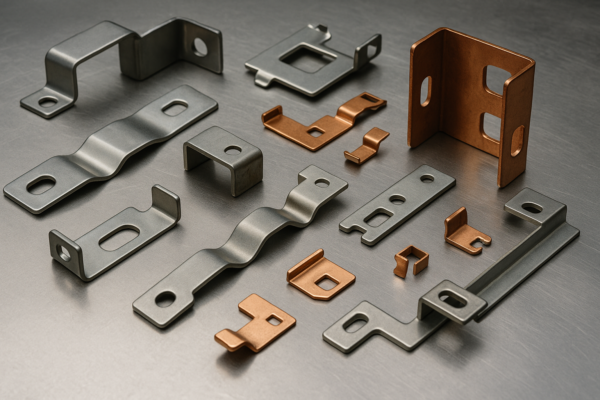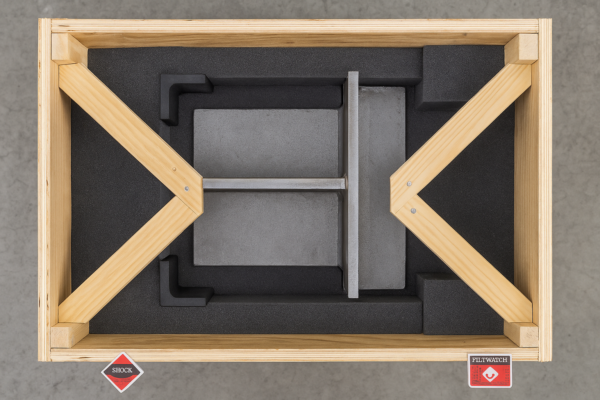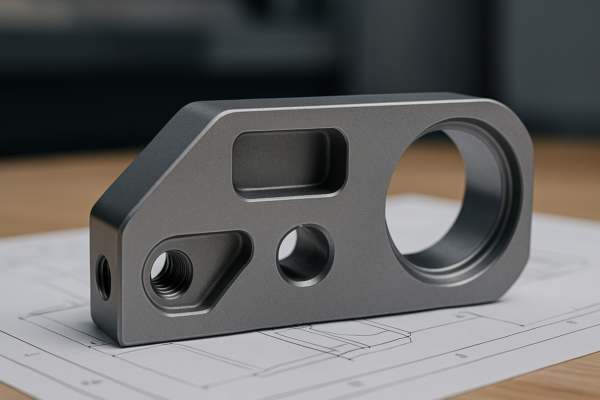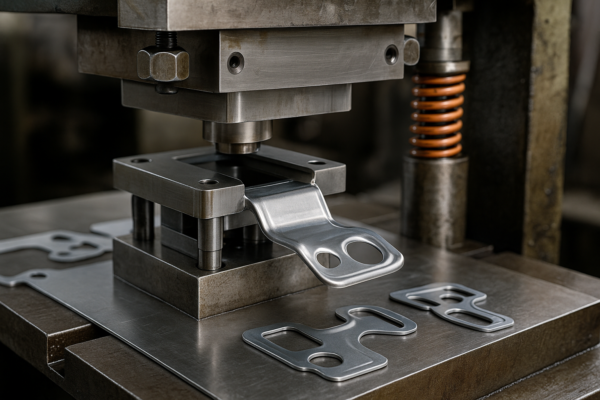What Parts of a Car Are Made of Metal?
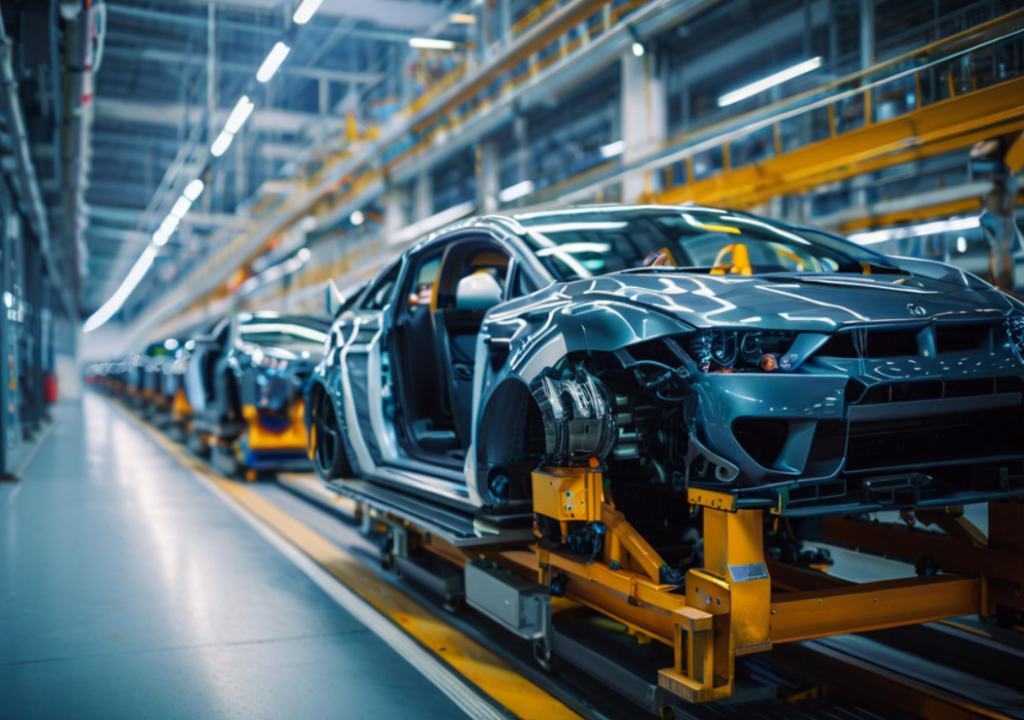
Modern vehicles contain over 900 lbs of metal components, making up about 50-70% of a car’s total weight. From structural elements to decorative trim, metals provide critical strength, durability and safety features.
Snippet paragraph: Key car parts made from metal include the frame (chassis), body panels, engine components, exhaust system, wheels, and suspension parts. Different metals are used based on strength needs, corrosion resistance and weight requirements.
Not all metals serve the same purpose in auto manufacturing. Let’s examine major categories:
LOOP_START
What Structural Car Parts Are Made of Metal?
The vehicle’s skeleton and load-bearing components rely almost exclusively on metal alloys for crash protection and durability.
Snippet paragraph: Critical structural metals include high-strength steel in the frame (30-35% of vehicle weight), aluminum suspension components, and magnesium supports – all designed to absorb impact energy while maintaining cabin integrity.
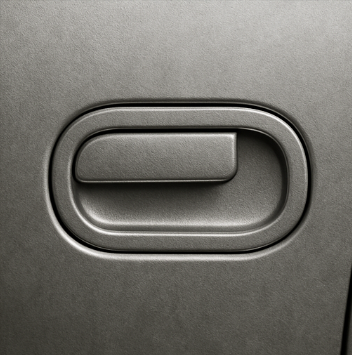
Major Structural Metal Components
Body-in-White (BIW) Elements
- Steel unibody frame
- Aluminum front/rear crush zones
- Magnesium cross car beams
Key Materials Used
| Component | Typical Metal | Thickness | Tensile Strength |
|---|---|---|---|
| Roof rail | Boron steel | 1.2-1.8mm | 1300-1500 MPa |
| B-pillar | Martensitic steel | 1.5mm | 1400+ MPa |
| Floor pan | Mild steel | 0.7-1.2mm | 300-500 MPa |
| Crash box | Aluminum 6061 | 2.0-3.0mm | 310 MPa |
Manufacturing Process Insights
- Hydroformed steel tubes for door impact beams
- Laser-welded steel roof panels
- High-pressure die cast aluminum shock towers
LOOP_END
LOOP_START
What Engine and Powertrain Components Use Metal?
A vehicle’s propulsion system contains some of the most highly engineered metal parts, built to withstand extreme heat and stress.
Snippet paragraph: The engine block, cylinder heads, crankshaft, pistons, transmission gears and drive shafts all use special metal alloys including nodular iron, forged steel and aluminum-silicon composites to handle thermal and mechanical loads.
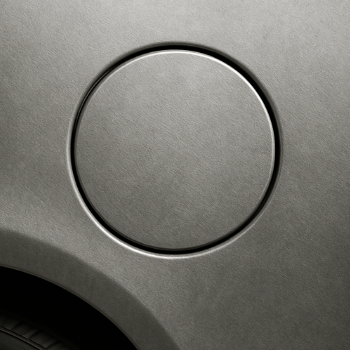
Critical Powertrain Metals
Combustion Engine Materials
- Gray iron blocks (2.5-4.0% carbon)
- Forged steel connecting rods
- Aluminum 390 piston alloys
Drivetrain Components
| Part | Material | Processing Method |
|---|---|---|
| Transmission gears | Case-hardened steel | CNC hobbing |
| Drive shafts | 41xx chromoly steel | Rotary forging |
| Turbocharger housings | Ni-resist iron | Investment casting |
| Valve springs | Silicon-chrome steel | Cold coiling |
Advanced Material Trends
- Compacted graphite iron (CGI) blocks
- Plasma-transferred wire arc cylinder coatings
- Aluminum matrix composite brake rotors
LOOP_END
LOOP_START
What Exterior and Trim Parts Contain Metal?
Beyond mechanical systems, metals enhance vehicle aesthetics, aerodynamics and surface durability.
Snippet paragraph: Visible metal components include chrome-plated steel grilles, aluminum alloy wheels, stainless steel exhaust tips, and zinc door handles – all combining function with visual appeal while resisting environmental damage.
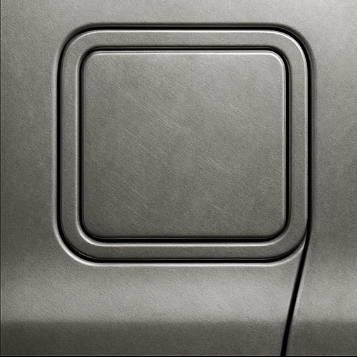
Exterior Metal Applications
Body Panels Materials
- Bake-hardenable steels (hoods, doors)
- Aluminum 5xxx series (fenders, liftgates)
- Galvanized steel reinforcements
Decorative Elements
| Component | Base Metal | Surface Treatment | Weather Resistance |
|---|---|---|---|
| Wheel rims | A356 aluminum | Powder coat | 8-10 years |
| Badging | Zamak 3 zinc | Chrome plating | 5+ years |
| Roof rails | 316 stainless | Brushed finish | 15+ years |
| Exhaust tips | 409 stainless | High-polish | 10+ years |
Emerging Technologies
- Nano-ceramic coated aluminum
- Self-healing clear coats over steel
- PVD-coated chrome alternatives
LOOP_END
Conclusion
From crumple zones to chrome accents, metals form a car’s backbone, propulsion system and surface details through specialized alloys and coatings.


